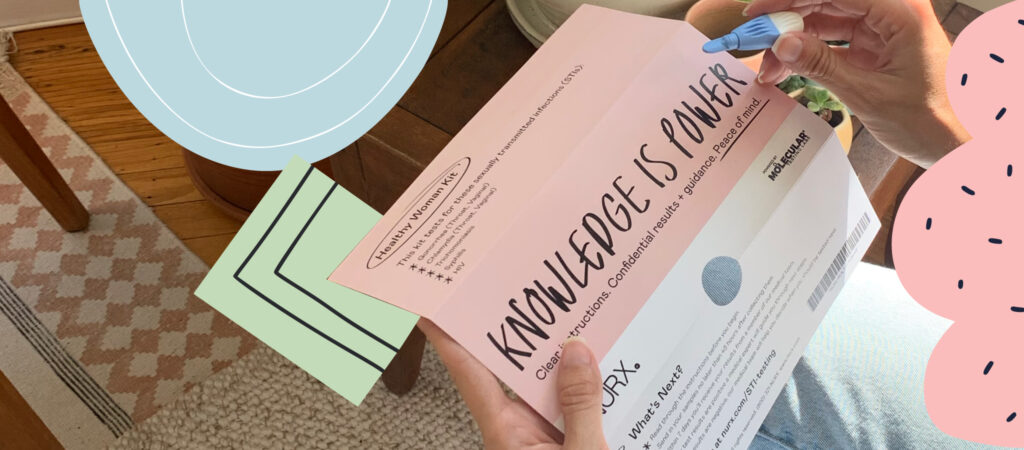Chlamydia and Gonorrhea News
Learn the recommended testing for these two fertility-threatening sexually transmitted infections.
Have you ever wondered why your doctor screens you for some diseases and not others—why people with cervixes start getting Pap tests at age 21 but most people don’t get mammograms until 40 and colonoscopies at 50? Screening guidelines are heavily influenced by the US Preventive Services Task Force, a group of physicians and public health experts who look at available evidence and determine which screenings and other types of preventive healthcare show proven benefit (eg reducing cancer deaths) with minimum harm (like false positives or follow-up tests that don’t lead to measurable reduced risk).
Why are we telling you this? Because last fall the USPSTF announced their updated recommendations around screenings for chlamydia and gonorrhea, and affirmed the guidelines that women ages 24 and younger should be routinely tested for the STIs chlamydia and gonorrhea, and that women 25 and up who are “at risk” be tested too. Since this may feel vague, our resident STI expert Emily Rymland, DNP FNP-C, Nurx Director of Clinical Operations, shares what it should mean for you.
To STIs, age is just a number.
The recommendations prioritize the 24 and younger age group for regular testing simply because rates of these STIs are highest in people ages 15-24. However, no one should stop testing at 25 unless you aren’t sexually active or are monogamous and know the status of your partner. “Your individual testing schedule should be based on your sexual activity, not your age,” says Emily. “Elderly people can and do get STIs—anybody can, so anybody who is sexually active should be tested.”
Nurx offers prescription cold sore and genital herpes treatment for as little as $0 with insurance or $15 per month without insurance.
Men need testing too.
“Because these STIs can cause scarring in the female reproductive tract and affect fertility, there’s a big focus on women. But often women are getting the infections from men, and if men aren’t tested and treated they’ll keep re-infecting their partners,” says Emily. If you ever test positive be sure your partner or partners (of any gender) get treated too, or you’ll keep passing the STI back and forth.
Test three body parts.
Chlamydia and gonorrhea can infect the throat and rectum, and if you only test the genitals you’ll miss these infections. “Everybody should have three-site testing or you’re only getting a third of the picture,” says Emily. That’s why the Nurx Full Control STI Home Test Kit contains throat and rectal swabs, so you can test those sites too.
Don’t stop with two STIs.
While you’re screening for these STIs, get checked for others, like HIV and syphilis. “If you’re at risk for one, you’re at risk for others – that’s why the Nurx STI test kits are comprehensive,” says Emily.
Nurx makes STI testing convenient, comfortable and private, by sending a kit to your home and providing you with results and follow-up support online. If you do test positive for anything, our medical team will either prescribe treatment or refer you to in-person care.
Learn more about STI testing through Nurx.
This blog provides information about telemedicine, health and related subjects. The blog content and any linked materials herein are not intended to be, and should not be construed as a substitute for, medical or healthcare advice, diagnosis or treatment. Any reader or person with a medical concern should consult with an appropriately-licensed physician or other healthcare provider. This blog is provided purely for informational purposes. The views expressed herein are not sponsored by and do not represent the opinions of Nurx™.







